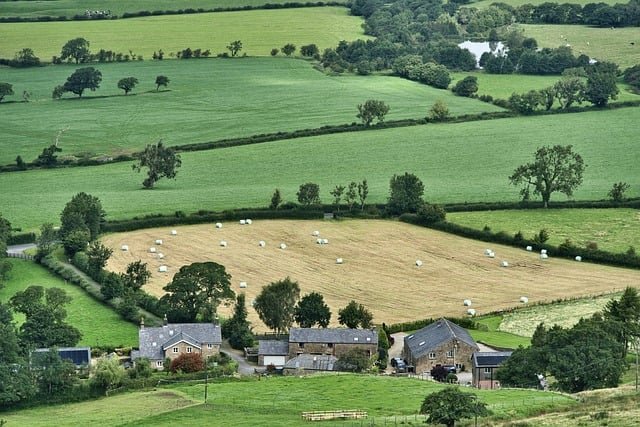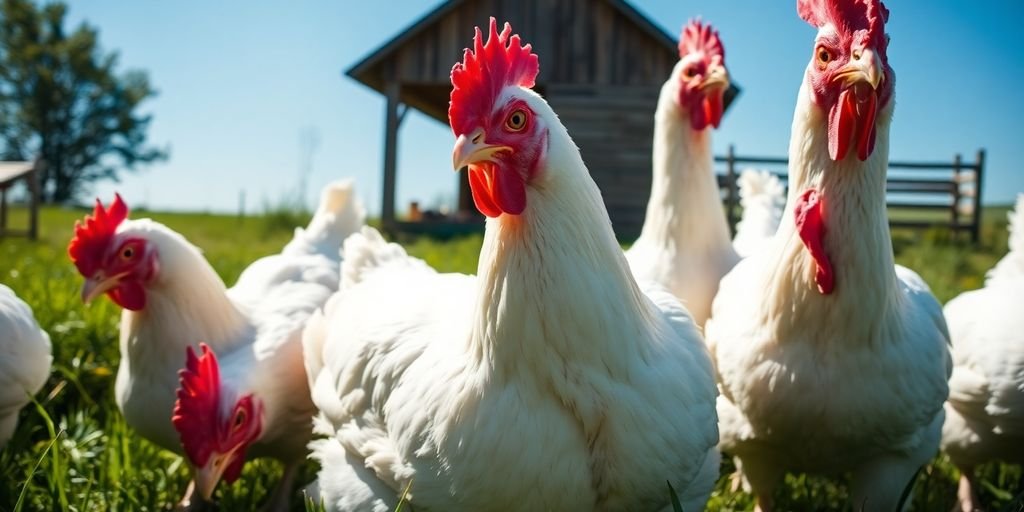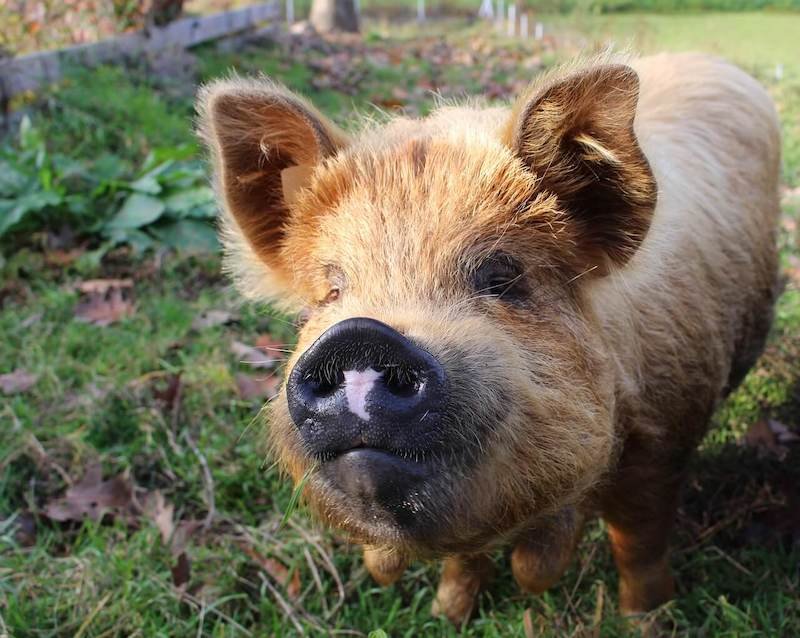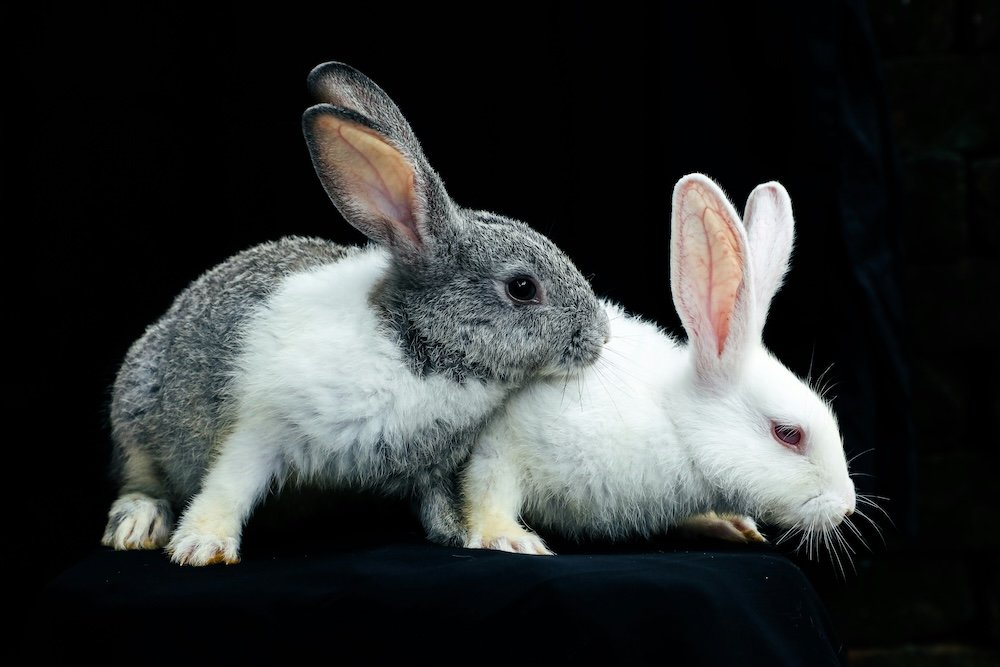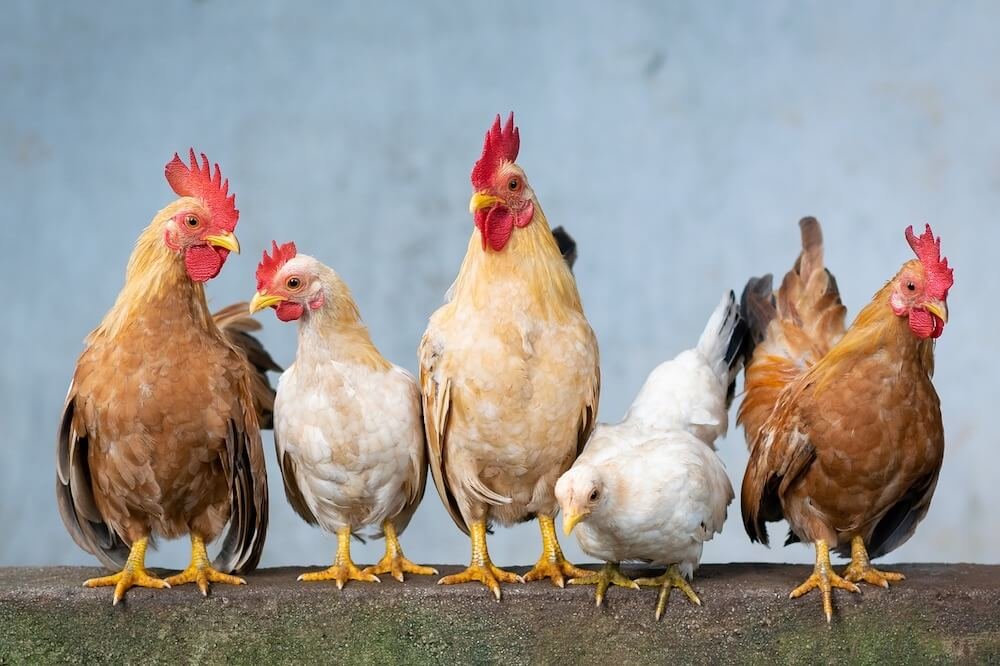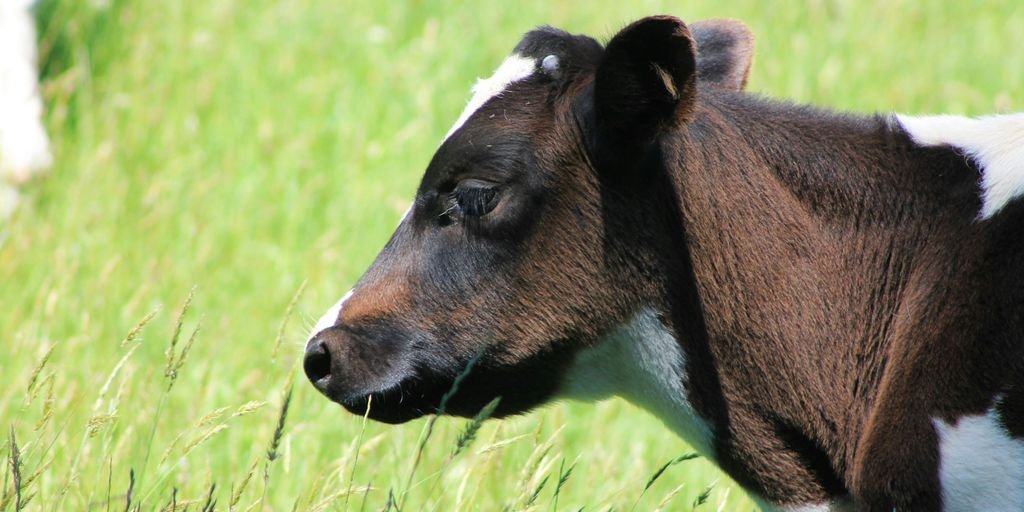Hereford Hogs: The All-American Heritage Pig with a Beefy Namesake
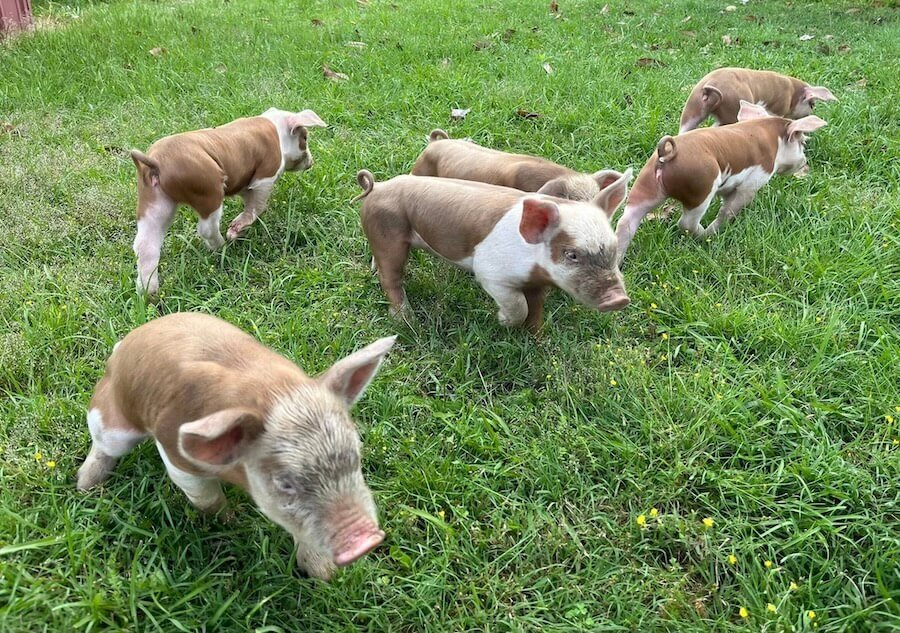
Ever wondered about a pig breed that looks a bit like a cow? Well, let me tell you about Hereford pigs. These cool animals are pretty special, especially here in America. They’re not just cute with their unique markings; they’re also super useful on the farm. If you’re thinking about raising pigs or just curious about different farm animals, stick around. We’re going to talk all about Hereford hogs, what makes them tick, and why they might be a great choice for you.
Key Takeaways
- Hereford pigs are an American breed, known for their distinct red and white markings, similar to Hereford cattle.
- These hogs are popular for their calm nature, good growth rates, and tasty meat, making them a solid choice for many farmers.
- Proper feeding, housing, and health care are important for raising healthy Hereford hogs, just like with any livestock.
- Hereford hogs are versatile; they work well for meat production, breeding, and general farm life.
- When compared to other breeds like Yorkshire or Berkshire pigs, Hereford hogs offer a good balance of traits that make them stand out.
Meet the Hereford Hog: A Unique American Breed
What Makes Hereford Hogs Special?
Okay, so what’s the deal with Hereford hogs? Well, for starters, they’re American through and through. They’re known for their distinctive red and white markings, similar to Hereford cattle. It’s not just about looks, though. These pigs have some serious qualities that make them stand out. They’re pretty hardy, good-natured, and known for producing tasty pork. Plus, they’re a heritage breed, which means they’re helping to keep some important genetic diversity in our livestock. They’re not your average pig; they’ve got character!
A Brief History of Hereford Pigs
Let’s take a quick trip back in time. The Hereford hog popped up in the early 20th century, mostly in the Midwest. Farmers were looking for a pig that could thrive in the region and produce quality meat. They crossed different breeds, like the Duroc, Poland China, and maybe some others, to get the Hereford we know today. By the 1920s, they were officially recognized as a breed. While they had their moment, their numbers declined as commercial farming shifted. Now, there’s a growing interest in preserving them, which is pretty cool. It’s like rediscovering a piece of American agricultural history. You can find more about the Hereford pig on dedicated resources.
Why Choose Hereford Hogs?
So, why would you want to raise Hereford hogs? Here’s the lowdown:
- They’re generally pretty calm and easy to handle, which is a plus if you’re not looking for a constant battle.
- They’re good foragers, meaning they can get a good chunk of their food from pasture, which can save you money.
- The meat is known for its flavor and marbling, making for some tasty meals.
- They’re a heritage breed, so raising them helps with conservation efforts.
Honestly, if you’re looking for a pig that’s a bit different, has a good temperament, and produces great pork, the Hereford is worth considering. Plus, you’re helping to keep an old breed alive, which is a nice bonus.
Here’s a quick comparison to other breeds:
| Feature | Hereford Hog | Yorkshire Pig | Berkshire Pig |
|---|---|---|---|
| Color | Red & White | White | Black |
| Temperament | Calm | Active | Docile |
| Meat Quality | Flavorful | Lean | Rich |
| Foraging Ability | Good | Moderate | Moderate |
Distinctive Traits of Hereford Hogs
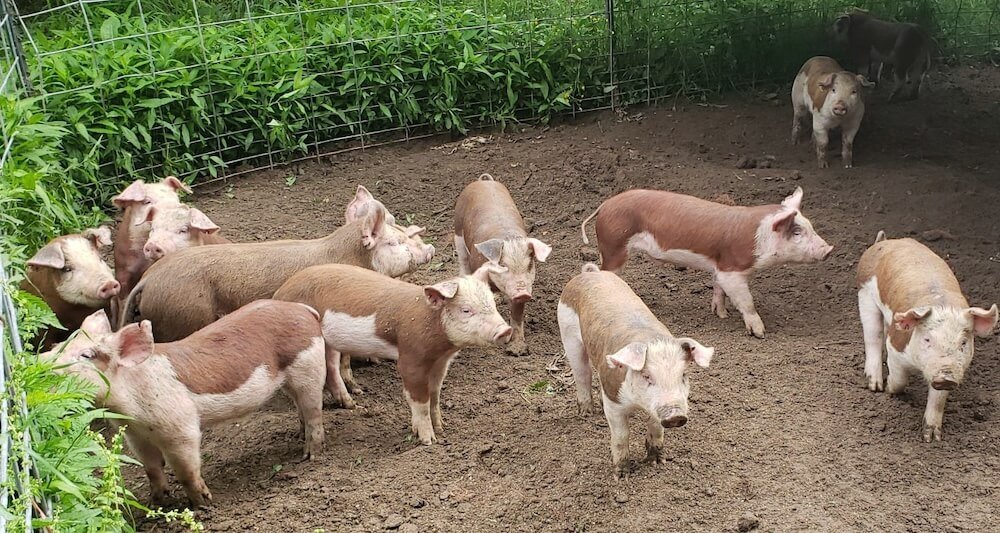
Their Signature Look
When you see a Hereford hog, you’ll probably know it right away. They’re named after Hereford cattle because of their similar color pattern: a red body with a white face. It’s a pretty striking look! This coloration isn’t just for show, though. It’s a key identifier for the breed. We think it’s a pretty handsome look, and it definitely helps them stand out in a crowd of pigs. The red can vary in shade, but that white face is a constant. It’s part of what makes them special. You can compare them to other breeds like Berkshire pigs that have different color patterns.
Size and Growth of Hereford Pigs
Hereford hogs are a medium-sized breed. They aren’t the biggest pigs out there, but they aren’t small either. Mature boars (males) can weigh between 200 to 300 pounds, while sows (females) usually range from 150 to 250 pounds. Their growth rate is pretty good, making them a solid choice for pork production. They reach market weight at a reasonable pace, which is something we definitely appreciate. Growth depends on diet and care, of course, but they’re generally efficient growers.
Temperament and Disposition
One of the best things about Hereford hogs is their temperament. They’re generally known for being docile and easy to handle. This makes them a great choice for both experienced farmers and those who are new to raising pigs. We’ve found them to be curious and friendly, which makes working with them a pleasure. They aren’t usually aggressive, which is a big plus when you’re around them every day. Their calm nature also means they tend to be less stressed, which can improve their overall health and productivity.
We’ve noticed that a relaxed pig is a happy pig, and happy pigs tend to grow better and produce higher-quality pork. Their easygoing nature makes them a joy to have on the farm, and we wouldn’t trade them for anything.
Here are some reasons why their temperament is important:
- Easier to manage.
- Less stress for the pigs.
- Safer for handlers.
Raising Hereford Hogs: What You Need to Know

Feeding Your Hereford Pigs
When it comes to feeding Hereford hogs, we’ve learned that a balanced diet is key. Quality feed is essential for their growth and overall health. We typically use a commercial hog feed that’s formulated for their specific life stage, whether they’re piglets, growing hogs, or breeding sows. It’s also important to supplement their diet with fresh vegetables and fruits to provide them with essential vitamins and minerals. We also make sure they have access to clean, fresh water at all times.
Remember, the amount of feed will vary depending on the hog’s age, size, and activity level. We always monitor their body condition to ensure they’re getting enough to eat without becoming overweight.
Here’s a basic feeding schedule we follow:
- Piglets (up to 8 weeks): Free-choice access to starter feed.
- Growing hogs (8 weeks to market weight): Gradually increase feed amount based on weight gain.
- Breeding sows: Adjust feed based on pregnancy and lactation needs.
Housing and Environment
Providing the right housing and environment is crucial for the well-being of our Hereford hogs. We’ve found that they thrive in spacious, well-ventilated areas with access to both indoor and outdoor spaces. A sturdy shelter is a must to protect them from the elements, whether it’s the scorching summer sun or the freezing winter winds. We use deep bedding, like straw or wood shavings, to keep them warm and comfortable.
Here’s what we consider when setting up their housing:
- Space: Allow ample room for them to move around and exhibit natural behaviors.
- Shelter: Provide a solid structure that offers protection from weather extremes.
- Fencing: Use strong, secure fencing to prevent escapes and protect them from predators. Consider electric fencing for added security.
Health and Wellness for Hereford Hogs
Maintaining the health and wellness of our Hereford hogs involves a proactive approach. We start with regular health checks to catch any potential problems early on. Vaccinations and deworming are also important parts of our routine preventative care. We also pay close attention to their environment, keeping it clean and free of hazards.
Here are some key aspects of our health and wellness program:
- Regular veterinary checkups: Schedule routine visits with a vet experienced in swine care.
- Vaccinations: Follow a vaccination schedule recommended by your vet to protect against common diseases.
- Parasite control: Implement a deworming program to prevent and treat internal and external parasites. We also monitor for signs of illness, such as loss of appetite, lethargy, or abnormal behavior. If we notice anything unusual, we consult with our vet right away. Remember to research swine breeds to understand their specific health predispositions.
The Versatility of Hereford Hogs
Hereford hogs aren’t just another pretty face on the farm; they’re surprisingly versatile! We’ve found them useful in a bunch of different ways, making them a great choice for small farms and homesteads. They’re not just about the bacon (though they’re great at that, too!).
Hereford Hogs for Pork Production
When it comes to pork, Hereford hogs really shine. Their meat is known for its excellent marbling and flavor, which makes for some seriously tasty bacon, chops, and roasts. They grow at a decent rate, and we’ve found they convert feed pretty efficiently, which is a big plus for keeping costs down. Plus, their hardiness means they can thrive in a variety of conditions, reducing the need for constant pampering. They are similar to Yorkshire & Landrace pigs, which are ideal for pork production.
Breeding Hereford Pigs
Breeding Hereford pigs can be a rewarding experience. They are known to be good mothers, and their litters are a decent size. If you’re thinking about breeding, it’s important to focus on selecting for good traits like conformation, temperament, and growth rate. This helps to improve the overall quality of your herd and ensure you’re producing healthy, robust piglets. We’ve had good luck with natural breeding, but artificial insemination is also an option if you’re looking to expand your genetic pool.
Hereford Hogs on the Farm
Beyond just pork production, Hereford hogs can be valuable members of the farm ecosystem. We’ve used them to help clear land, till gardens, and even control weeds. Their rooting behavior can be put to good use in preparing soil for planting, and their manure makes a great natural fertilizer. Plus, they’re just fun to have around! Their docile nature makes them easy to manage, and their distinctive appearance adds a touch of charm to any farm. They are similar to Angus and Hereford cattle, which are valued for their meat production.
Having Hereford hogs on our farm has been a game-changer. They’re not only productive but also contribute to the overall health and sustainability of our operation. Their ability to forage and their gentle nature make them a joy to work with, and we wouldn’t trade them for anything.
Here’s a quick look at some of the ways we use our Hereford hogs on the farm:
- Land clearing: They help remove brush and vegetation.
- Soil preparation: Their rooting action tills the soil.
- Weed control: They eat unwanted plants and grasses.
- Fertilizer production: Their manure enriches the soil.
Comparing Hereford Hogs to Other Breeds
Hereford Hogs Versus Yorkshire Pigs
When we talk about pig breeds, it’s easy to get lost in the details. Let’s break down how Hereford hogs stack up against Yorkshire pigs. Yorkshire pigs, sometimes called Large Whites, are known for their bacon qualities and large litters. They’re like the workhorses of the pig world, efficient and productive. On the other hand, Hereford hogs bring something different to the table. They’re known for their distinctive red and white markings, similar to Hereford cattle, and their meat quality.
Here’s a quick comparison:
- Appearance: Yorkshires are all white, while Herefords have the signature red and white pattern.
- Meat Quality: Both are good for pork, but Herefords are often praised for their marbling.
- Temperament: Yorkshires can be a bit more high-strung, while Herefords are generally calmer.
Choosing between the two really depends on what you’re looking for. If you need maximum bacon production, Yorkshires might be the way to go. But if you want a pig with a unique look and great-tasting meat, Herefords could be a better fit. Plus, their docile nature makes them easier to handle.
Hereford Hogs and Berkshire Pigs
Berkshire pigs are another popular breed, known for their high-quality meat. They’re black with white points and have a reputation for being hardy. So, how do Herefords compare? Well, both breeds are known for producing tasty pork, but there are some key differences. Berkshire pigs are prized for high-quality meat used in cured products like prosciutto.
- Berkshires tend to have smaller litter sizes than Herefords.
- Herefords often grow a bit faster.
- Berkshire meat is often considered to be more premium, while Hereford meat is known for its good flavor and marbling.
Why Hereford Hogs Stand Out
So, what makes Hereford hogs special? It’s not just one thing, but a combination of factors. They have a unique look that sets them apart. Their temperament is generally calm, which makes them easier to manage. And their meat is known for its good flavor and marbling. Plus, they’re a heritage breed, which means they have a rich history and are important for preserving genetic diversity. We find that their adaptability to different environments is a big plus. They aren’t as prone to sunburn as some white breeds, and they can handle a range of climates. All in all, they’re a well-rounded breed that offers a lot to farmers and homesteaders alike.
The Future of Hereford Hogs
Preserving the Hereford Pig Breed
When we think about the future of Hereford hogs, preservation is key. It’s not just about keeping the breed alive; it’s about maintaining their genetic diversity and unique traits. A big part of this involves supporting breeders who are dedicated to purebred lines and responsible breeding practices. We need to encourage more people to get involved in conservation efforts, ensuring these amazing pigs don’t fade away. The council’s recommendation regarding the application of pig slurry highlights the importance of responsible farming practices.
Growing Popularity of Hereford Hogs
Lately, we’ve noticed a growing interest in heritage breeds, and Hereford hogs are definitely benefiting from this trend. More and more small-scale farmers and homesteaders are recognizing the value of these pigs for their hardiness, good temperament, and excellent pork quality. This increased demand is a positive sign for the breed’s future. As people become more aware of the benefits of raising Hereford hogs, we expect to see their popularity continue to rise. This also means more opportunities for breeders and a stronger market for Hereford pork.
Community and Resources for Hereford Pig Owners
One of the best things about raising Hereford hogs is the community. There are tons of resources available, from online forums and social media groups to local breeder associations. These communities are great for sharing tips, asking questions, and connecting with other enthusiasts.
Here are some ways to get involved:
- Join a local or national Hereford hog association.
- Attend workshops and conferences focused on heritage breeds.
- Connect with other owners online to share experiences and advice.
Having a strong network of support can make all the difference, especially for new owners. We’ve found that sharing our experiences and learning from others has been invaluable in our own journey with Hereford hogs. Let’s keep building this community and ensuring a bright future for these wonderful animals.
Wrapping Things Up: Why Hereford Hogs Are a Great Choice
So, we’ve gone over a bunch of stuff about Hereford hogs, right? From their cool red and white look to how well they grow and how easy they are to handle, these pigs really do stand out. They’re pretty chill, which is a big plus for anyone just starting out with pigs or even experienced farmers. Plus, the meat they produce is top-notch. If you’re thinking about adding some hogs to your farm, or even just curious about different pig breeds, the Hereford is definitely one to check out. They’re a solid choice for a lot of reasons, and hopefully, this guide gave you a good idea of why.
Frequently Asked Questions
What makes Hereford hogs different from other pigs?
Hereford hogs are a special kind of pig from the United States. They’re known for their unique red and white markings, friendly nature, and excellent meat quality. They’re a great choice for both small farms and bigger operations.
Are Hereford hogs good-tempered?
Hereford hogs are known for being pretty easygoing. They’re calm and friendly, which makes them a good fit for families and new farmers. They usually get along well with people and other animals.
How big do Hereford hogs get?
Hereford hogs grow to be a good size, providing a nice amount of meat. They typically reach a good weight for market in a reasonable amount of time.
What should I feed my Hereford hogs?
Feeding Hereford hogs involves giving them a balanced diet of grains, proteins, and vitamins. It’s important to make sure they have enough food for healthy growth, especially if you’re raising them for meat.
Are Hereford hogs good for meat production?
Yes, Hereford hogs are excellent for producing tasty pork. Their meat is known for being flavorful and having good marbling, which means it has a nice mix of fat and lean meat.
Where can I learn more about Hereford hogs?
You can find more information about Hereford hogs from breed associations, local pig farmers, and agricultural extension offices. These places often have resources and communities for pig owners.




